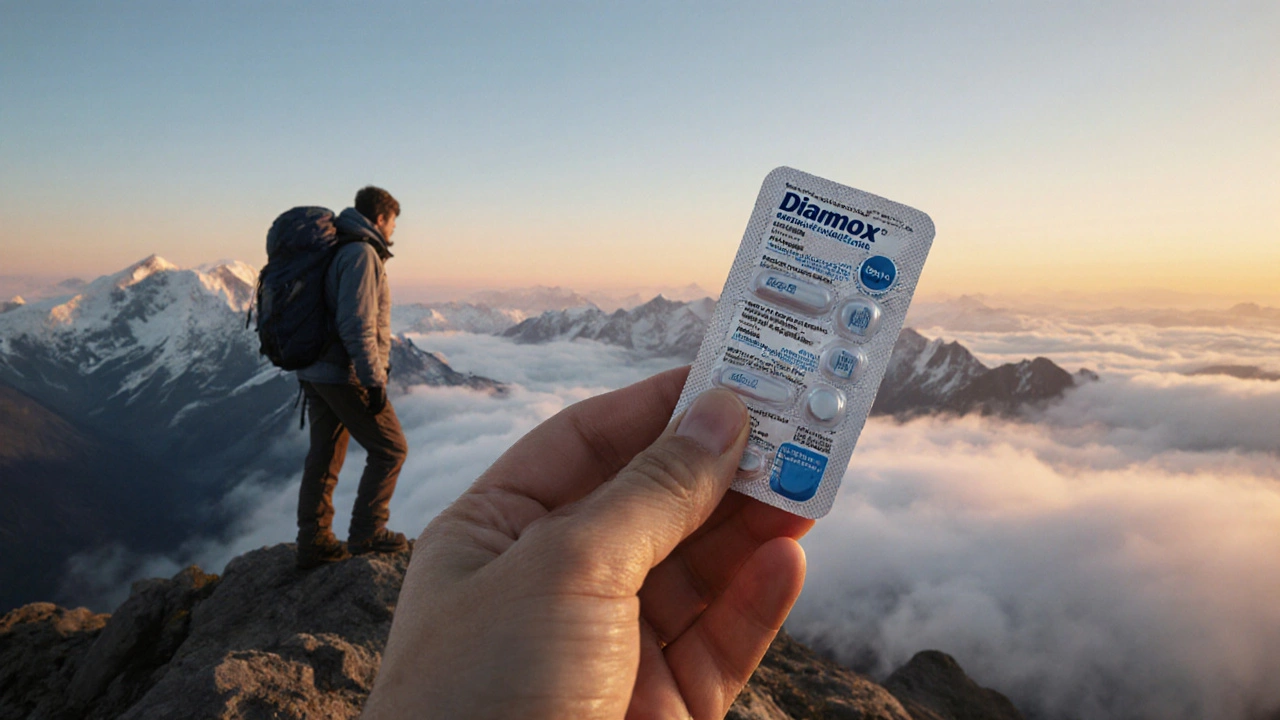Acetazolamide Alternatives: Safer, Effective Options for Altitude Sickness and Glaucoma
When you need relief from acetazolamide, a carbonic anhydrase inhibitor used to treat altitude sickness, glaucoma, and sometimes seizures. Also known as Diamox, it works by changing how your body handles fluids and electrolytes, but it’s not the only option. Many people experience side effects like tingling, fatigue, or taste changes—and that’s why they look for alternatives. Whether you’re climbing a mountain or managing eye pressure, there are other ways to get the same results without the downsides.
One major alternative is dexamethasone, a steroid that reduces inflammation and swelling in the brain during acute altitude sickness. It’s often used in emergencies when acetazolamide isn’t enough or can’t be taken. For chronic glaucoma, brinzolamide, another carbonic anhydrase inhibitor, but in eye drop form targets pressure directly in the eye with fewer systemic side effects. Then there’s topiramate, an antiseizure drug that also inhibits carbonic anhydrase and can help with altitude adaptation. It’s not first-line, but it’s been studied for climbers who can’t tolerate acetazolamide. These aren’t just random substitutes—they’re tools doctors actually use when the standard option doesn’t fit.
What you choose depends on your goal. If you’re preparing for a high-altitude hike, acetazolamide is still the gold standard for prevention. But if you’ve had bad reactions before, dexamethasone can be a lifesaver in a pinch. For long-term eye pressure control, topical drops like brinzolamide or dorzolamide avoid stomach upset entirely. And if you’re dealing with both seizures and altitude issues, topiramate might cover two needs at once. The key is matching the drug to your body, not just following a prescription template.
You’ll find plenty of posts here comparing these and other options—like how acetazolamide stacks up against natural remedies, what studies say about combining meds, and why some people switch entirely to non-pharmaceutical strategies. Whether you’re a hiker, a patient with glaucoma, or just someone tired of the tingling hands, there’s a better fit out there. Let’s walk through the real choices—no fluff, just what works.






